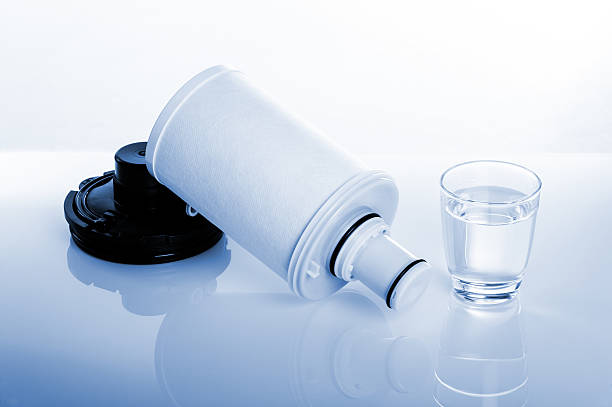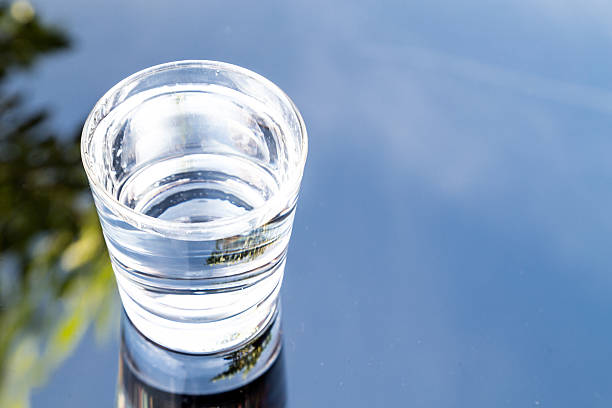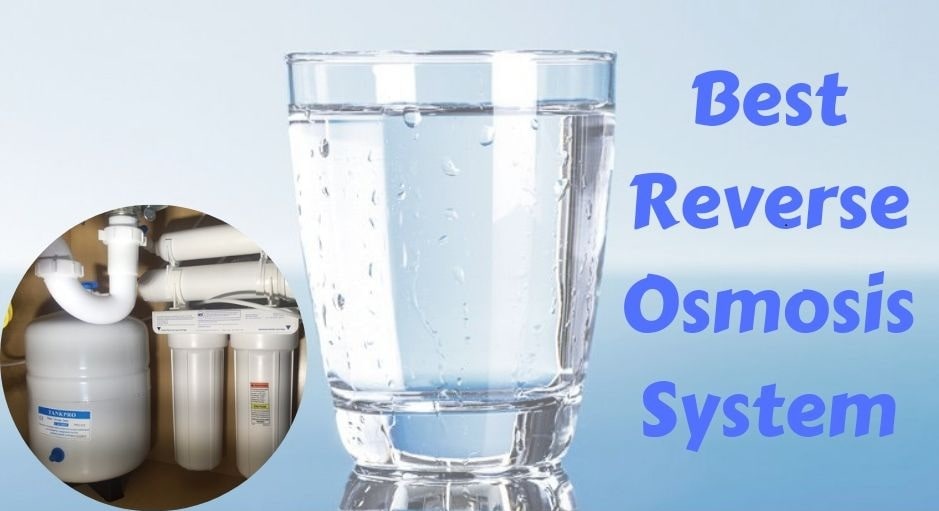After using the kettle in our home for a period of time, we will find a layer of white scale on the inner wall of the kettle.
What are these scales? Some people worry that it is the sediment of heavy metals in the water, and some people worry that it is the harmful substances that are precipitated in the kettle. However, the reality is that these scales are compounds that precipitate when the water is boiled, and the main components are calcium carbonate and magnesium carbonate. This calcium carbonate and magnesium carbonate are not harmful, even if you drink it in your stomach, it will be fine. A healthy drinking water expert from the Beijing Health Protection Association pointed out in a health program that there is actually scale in the water, indicating that the water quality is "hard" and contains mineral nutrients; if there is no scale, the water quality is generally "soft".

The European pigeon number said: "The 'soft' and 'hard' of water quality are distinguished according to the total amount of calcium and magnesium carbonate. If the total amount of calcium and magnesium carbonate is high, the water quality is hard, and vice versa. Soft. And people often say Alkaline water generally refers to the water containing sodium ions. It is not advisable to drink more water with too high sodium ions, because sodium ions are directly related to cardiovascular and cerebrovascular diseases." The figures also suggest that in daily drinking water, as long as it is in line with national life Drinking water hygiene standards, no matter whether the water is "hard" or "soft", it is harmless to the body. In the new national version of "Drinking Water Sanitation Standards", total dissolved solids (TDS value) (mg/L) ≤ 1000; total hardness (calculated as CaCO3, mg/L) ≤ 450.
Is drinking hard water safe?
In the fourth subsection of Chapter 5 of the book "Water Determines Health" by Japanese national first-level professor Fujita Koichiro, Dr. M. Carl Bernan of the American Institute of Public Health published epidemiological data on the prevention of myocardial infarction by hard water. The mortality rate of myocardial infarction in the United States has always been much higher in the east than in the west. The doctor examined the hardness of the residents' drinking water and found that there was an inverse correlation between the hardness of the drinking water and the risk of myocardial infarction.

From 1983 to 1993, Dr. Carl Bernan took 18,946 men with myocardial infarction as the survey objects, and analyzed the hardness and trace elements of water within 10 kilometers. The study found that men who lived in areas with high drinking water hardness had fewer myocardial infarctions, and each degree of water hardness increased the risk of myocardial infarction by one percentage point. It is the hardness unit used in Germany, once equivalent to 17.8ppm. Calcium and magnesium play an important role in promoting bone development and growth in the human body, can stimulate heart and cardiovascular activities, activate a variety of enzymes, improve the body's resistance to infectious diseases and anti-inflammatory effects, and can reduce liver, gallbladder and kidney stones. form.
In fact, the most harmful is the heavy metal pollution in drinking water. The visible impurities in the water are easy to remove, but the invisible heavy metal pollution is very harmful. It is understood that most heavy metals such as arsenic, lead, mercury, cadmium, etc. are not required for life activities. After entering the human body through drinking water, they combine with other toxins in the water to form more toxic organic substances, which accumulate in some organs of the body. cause chronic poisoning. This has a particularly obvious impact on children's health. Once the heavy metals in children's body exceed the standard, there will be symptoms such as low immunity, inability to concentrate, decreased IQ level and physical growth retardation.

AICKSN's self-developed intelligent water purification system, RO reverse osmosis technology principle, three-stage filtration, can effectively remove heavy metal ions, organic compounds, colloids, bacteria viruses, odors and other pollution sources in raw water, ensuring the health and safety of drinking water! Real-time monitoring, real-time detection, real-time control, and real-time uploading can be realized with the support of the Internet of Things remote control technology. When you are using the process, the water quality cannot reach the safe drinking value, the water machine safety system is activated, and the water source will be automatically cut off. Ensure that you and your family drink safe and good water, and protect the health of you and your family! Cold/hot water dual outlet, choose the temperature you want. To soften the water quality, a water softener can be used.
 Do you know how to reduce the operating costs of RO reverse osmosis water treatment plants?
Do you know how to reduce the operating costs of RO reverse osmosis water treatment plants?
 Do you know what common instruments/meters are needed for reverse osmosis systems?
Do you know what common instruments/meters are needed for reverse osmosis systems?
 Does your reverse osmosis equipment often wash the membrane, change the membrane?
Does your reverse osmosis equipment often wash the membrane, change the membrane?